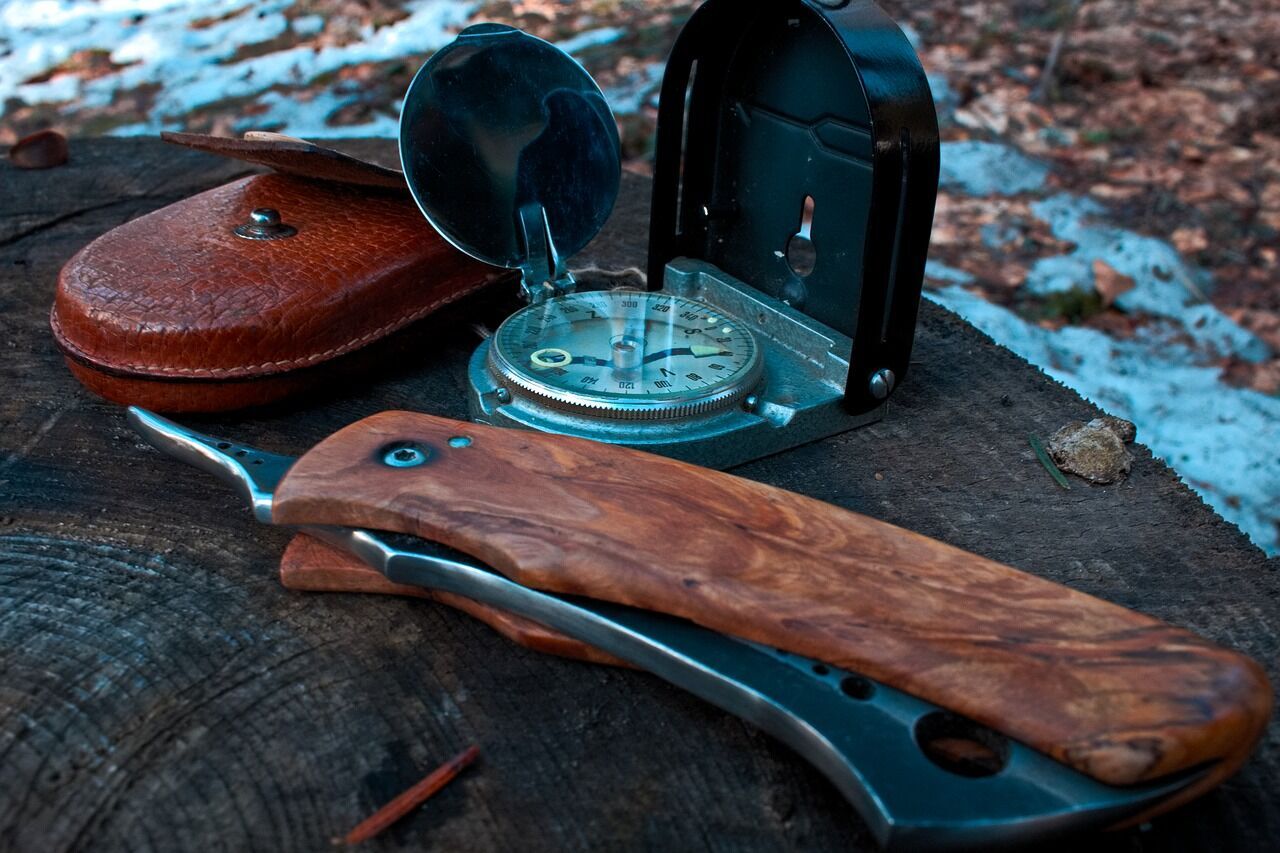Zombie apocalypse. Doomsday. End of the world. These are some of the situations that we just regularly see in movies, TV shows, or in books. We tend to be amazed on how the protagonist manages to survive a certain kind of situation that seems impossible to escape. But have you ever thought of your escape […]
Category: Preparedness Basic & Advanced
Make Emergency Plans Based on You Actual Heath
My husband Salty and I were riding our bikes along a trail one fine day when we came across a worried huddle at the side of the trail. At the center of the huddle was a middle-aged man, sitting hunched and breathing in short gasps. He was sweating far more profusely than the day called […]
11 Secret Questions Food Storage Companies Don’t Want You To Ask
Regardless of what your preparedness plan looks like, it undoubtedly includes some form of food storage. Whether you’re planning for a week-long power outage or the worst case scenario, food and water will be at the top of your list of items to store. When it comes time to buying storage food, do you know […]
A Prepper’s Guide to Choosing the Best Work Boots
A Prepper’s Guide to Choosing the Best Work Boots When hard times hit, your old sneakers, chunky high heels, and furry slippers will not be useful to you. Hiking, long distance traveling and making your way through rough terrain will be difficult if you have the wrong footwear. Top quality tactical work shoes help in […]
Should a Prepper Carry a Neck Knife?
Should a Prepper Carry a Neck Knife? That is a good question. In the guest post below the author will discuss some pros and cons. For myself, as the owner of this site I wanted to add my thoughts as I carried a neck knife everyday for 15 years – even in places that did […]





